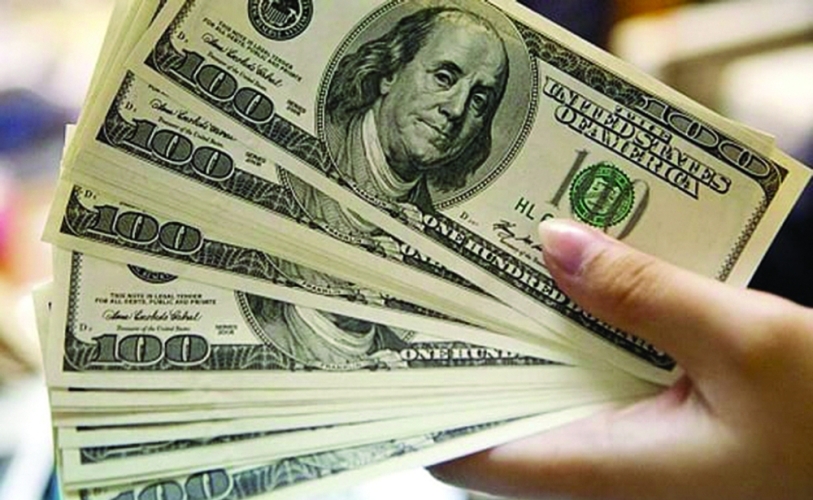The dollar fell in volatile transactions, Thursday, after Federal Reserve Chairman Jerome Powell said that the US central bank would not raise interest rates soon and rejected proposals that the board begin to reduce its bond purchases soon.
The dollar was higher for most of the session, according to Reuters, in line with rising Treasury yields, amid optimistic expectations for a fiscal stimulus plan to be announced by President-elect Joe Biden. But he changed direction after Powell’s comments.
The bond-buying program supports financial markets in the midst of the pandemic but burdens the dollar, as it increases the supply of currency and shrinks its value.
“We got the full monetary easing statements as we expected,” said Eric Priegart, foreign exchange strategist at Exchange Bank of Canada in Toronto.
The dollar index declined slightly to 90.25. Since its lowest level in 3 years last week, the dollar has risen about 1.2% in anticipation of further stimulus, which pressured US government bonds to push the benchmark ten-year bond yield above 1 percent for the first time since March.
Reuters reviewed the rates of the euro, dollar, yen and bitcoin currencies, indicating that the euro fell 0.1% to $ 1.2151, despite positive news about the German economy. The greenback fell 0.1% to 103.75 yen.
Bitcoin maintained its gains today, after retreating by about $ 12,000 from its unprecedented peak of $ 42,000 recorded last week. The cryptocurrency rose about 5.7% to 39 thousand and 536 dollars today, after recording a peak of the session above 40 thousand dollars.
Reuters said that interest in the currency is growing as institutional investors begin to buy it heavily, considering it a hedge against inflation and an expectation of further acceptance of it in the future.
In the context of the economic situation in the United States, the US Treasury Department said, on Wednesday, that the government recorded a budget deficit of 144 billion dollars last December – a record high compared to the same month a year ago – Due to expenditures associated with mitigating the repercussions of the Coronavirus and unemployment benefits, while revenues rose only slightly, according to Al Jazeera Net.
The deficit was $ 13 billion in December 2019, before the outbreak of the Covid-19 pandemic in the United States. Last December’s revenue increased 3% year-on-year, to $ 346 billion, while spending jumped 40% to $ 490 billion.
The total US budget deficit for the first three months of the 2021 fiscal year – which began on October 1 – was $ 573 billion, up from $ 357 billion in the same period a year ago.
The revenues of the first three months stabilized unchanged at $ 803 billion, and expenditures increased 18% to $ 1.376 trillion.
The US budget deficit for 2021 is actually heading to about $ 2.3 trillion. This is equivalent to 10.4% of GDP, which is higher than any deficit recorded in any other year except for 2020, according to the estimates of the responsible Federal Budget Committee.


















![Qatar Labor Law In 2020??? [UPDATES]](https://welcomeqatar.com/wp-content/uploads/2020/12/Qatar-Labor-Law-1-696x366-1-324x366.jpg)











